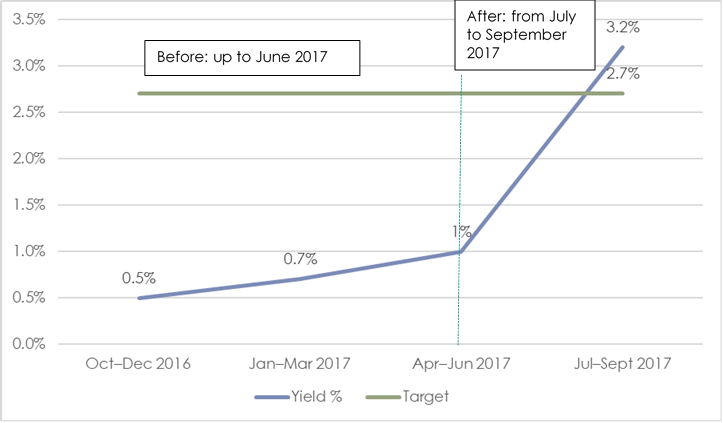HIV Testing for Vulnerable Children and Their Families in Côte d’Ivoire
HIV programs can use household-level vulnerability assessments to link those most at risk of acquiring HIV to testing. Vulnerability is defined by USAID/PEPFAR Health Office in Côte d’Ivoire as the degree of inability of households to provide for the health, education, and nutritional needs of HIV-positive and HIV-negative household members to mitigate the economic and health impact of HIV, increase their ability to cope with infection, and reduce their risk for acquiring HIV. The Côte d’Ivoire Resources towards the Elimination of Child Vulnerability (REVE) project is an example of one such project that has used data from vulnerability assessments to save precious resources and increase efficiency. Better use of data allows REVE to immediately link more vulnerable clients to HIV testing.
The REVE project is currently being implemented in Côte d’Ivoire by Save the Children with funding from the United States Agency for International Development (USAID). It aims to improve capacity of families and communities to support orphans and vulnerable children, people living with HIV/AIDS, and adolescent girls across six regions. At the community level, the project works to ensure that those affected by HIV have been tested and offers them psychosocial, health, education, nutrition, protection, and/or household economic strengthening services. At its beginning, the project identified very few new HIV-positive diagnoses despite large-scale testing, and it was struggling to meet the global target requiring that 95 percent of people living with HIV know their status.
As a result, the project decided to take an alternative, evidence-based approach; staff reviewed background characteristics among those identified as HIV-positive and crafted a risk assessment based on these characteristics. Then, they conducted risk assessments at the household level, recommending beneficiaries who were found to be at higher risk of HIV for testing. As a result, a much higher proportion of those tested were found to be HIV-positive. This process reduced the use of much-needed resources and, consequently, costs for the project. The proportions of new HIV-positive diagnoses among those tested between 2016 and 2017 are presented below. These results demonstrate a clear increase after the risk assessment approach was implemented.
Evidence-based results: REVE yield

Please click here to access the indicator definition for HIV testing.
Resources
Burke, H. M., Moret, W., Field, S., Chen, M., Zeng, Y., Seka, F. M. (2016) Assessing Household Economic Vulnerability in HIV-Affected Communities in Five Regions of Côte d'Ivoire. PLoS ONE 11(9). Retrieved from https://doi.org/10.1371/journal.pone.0163285












